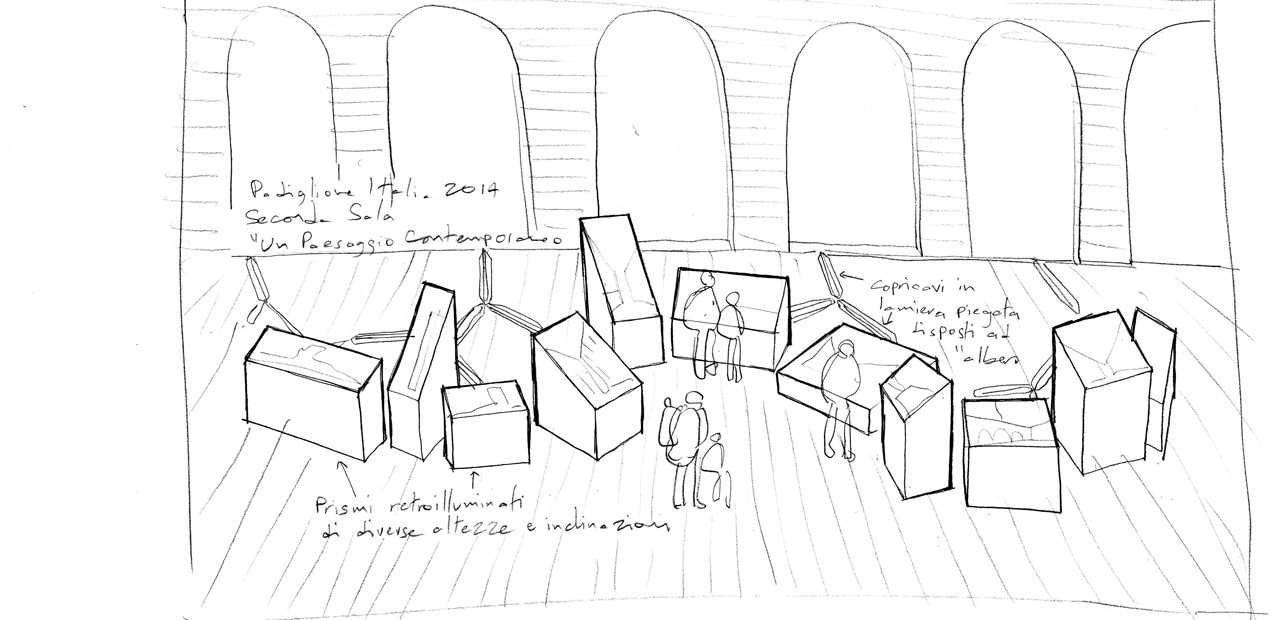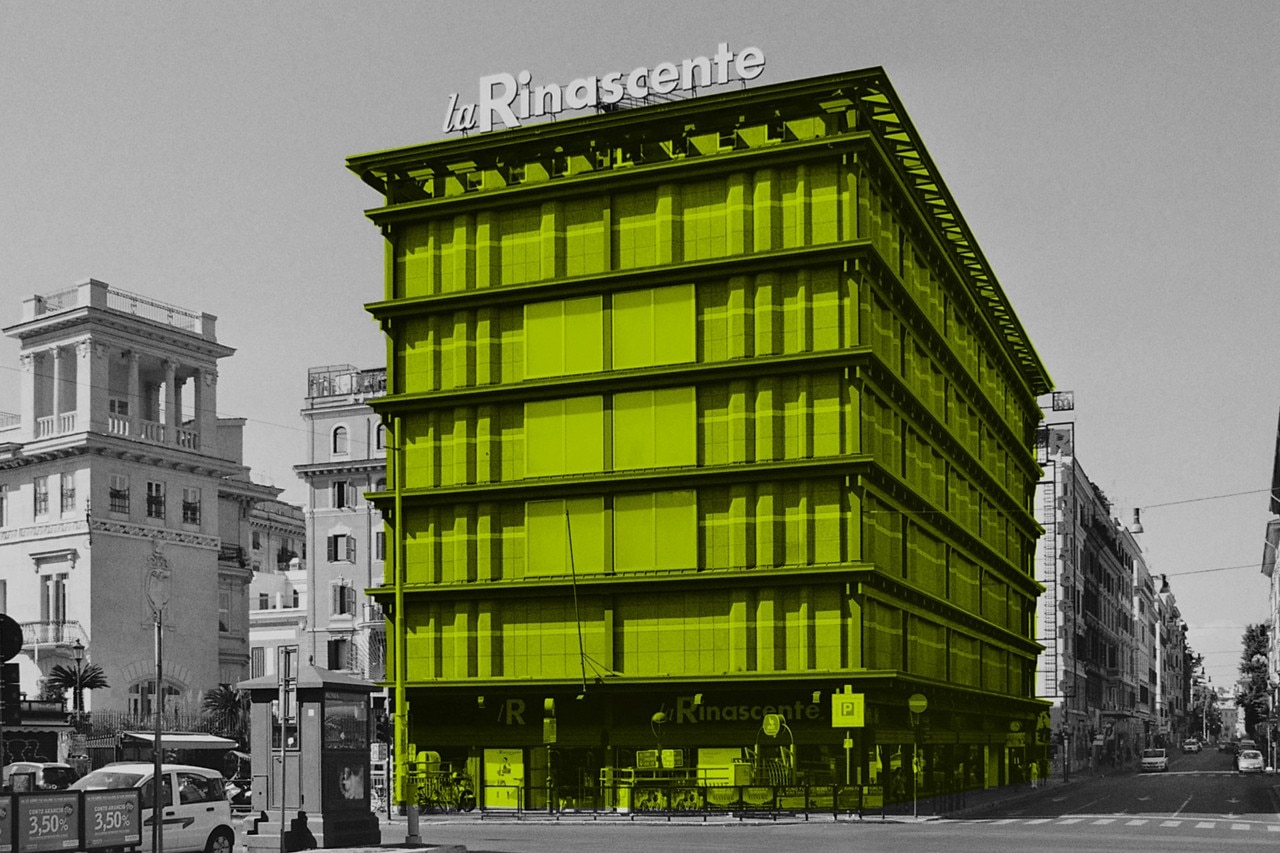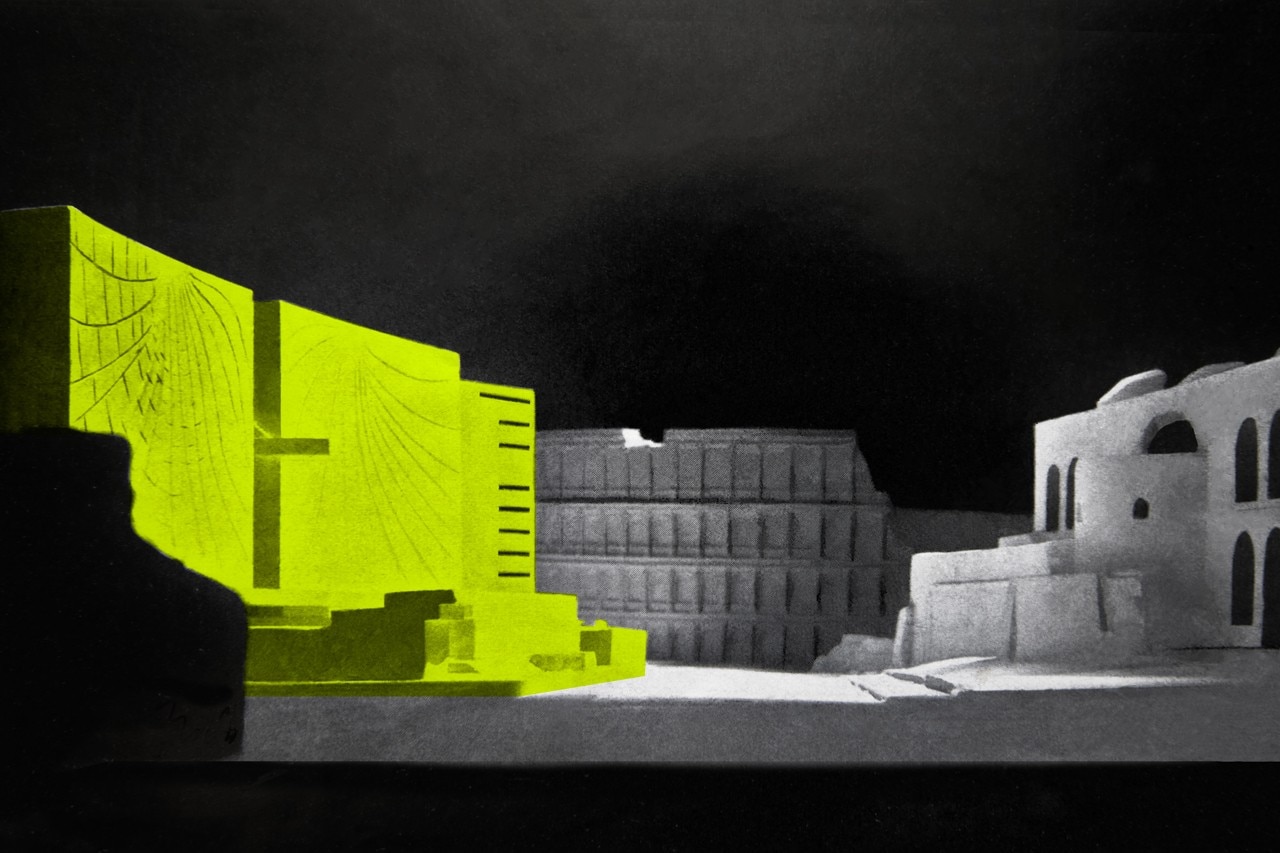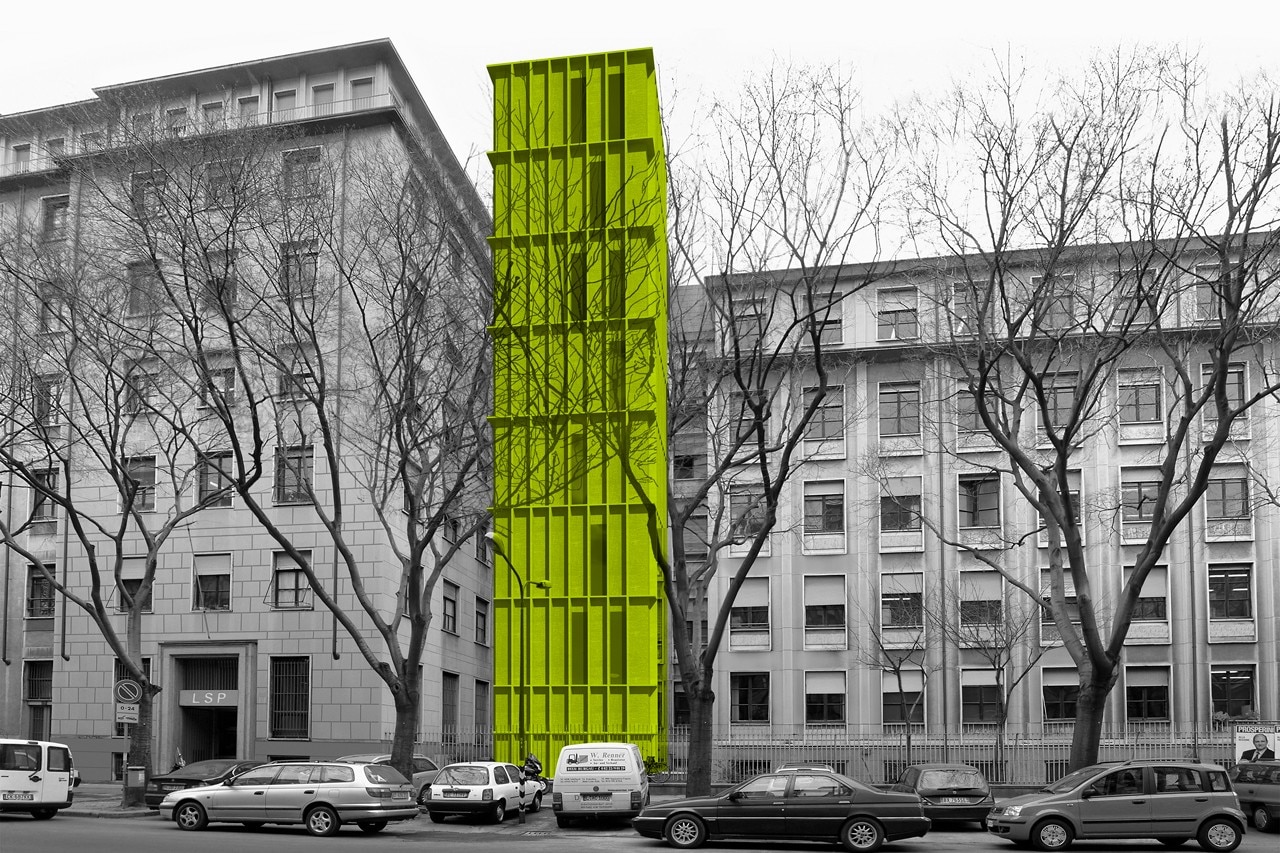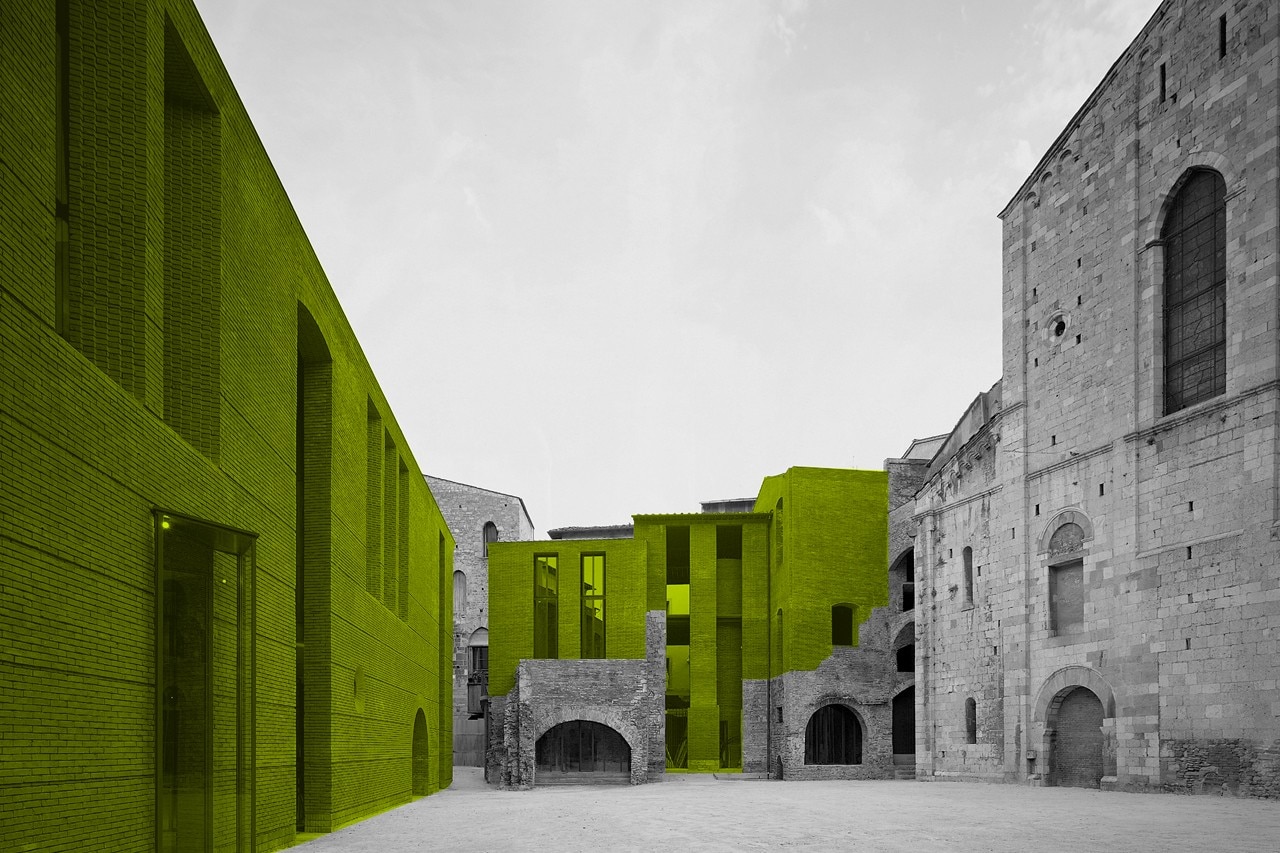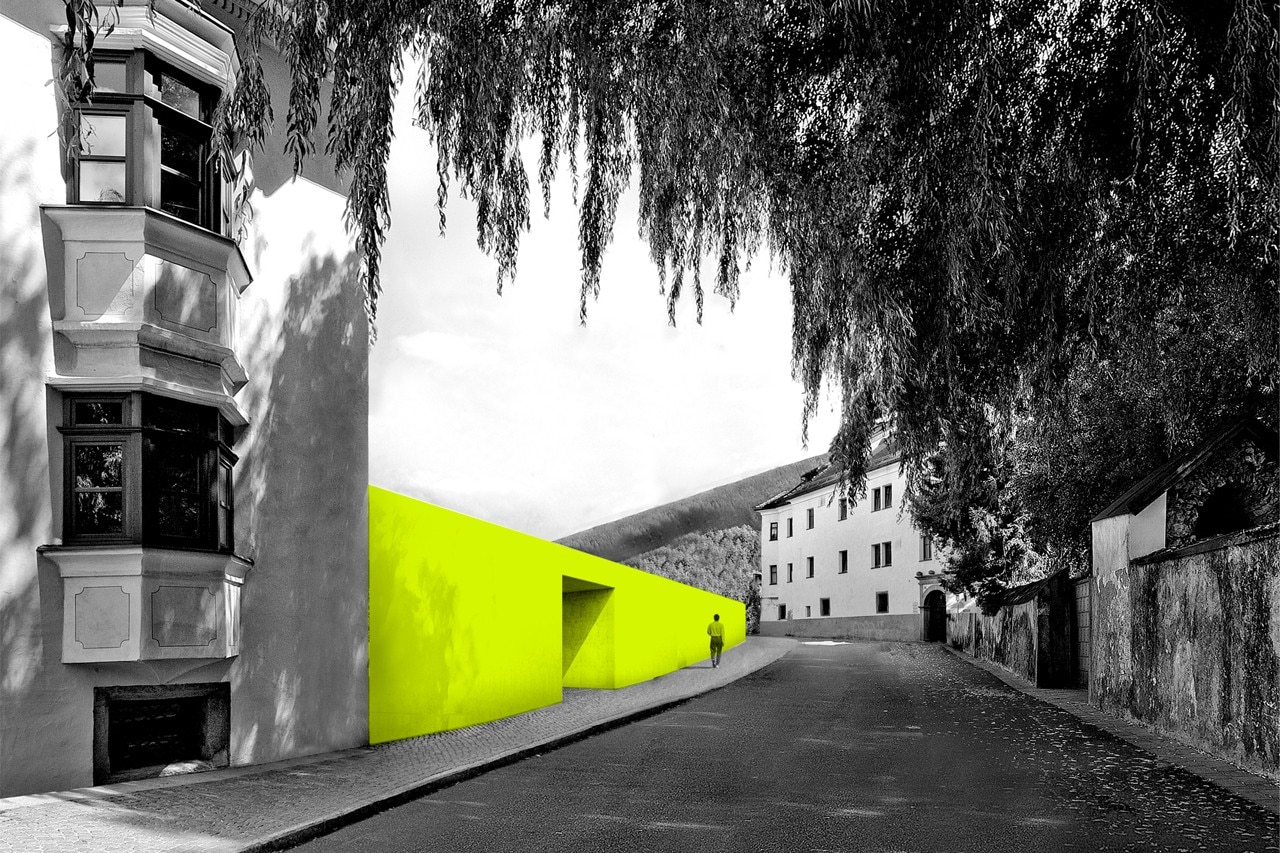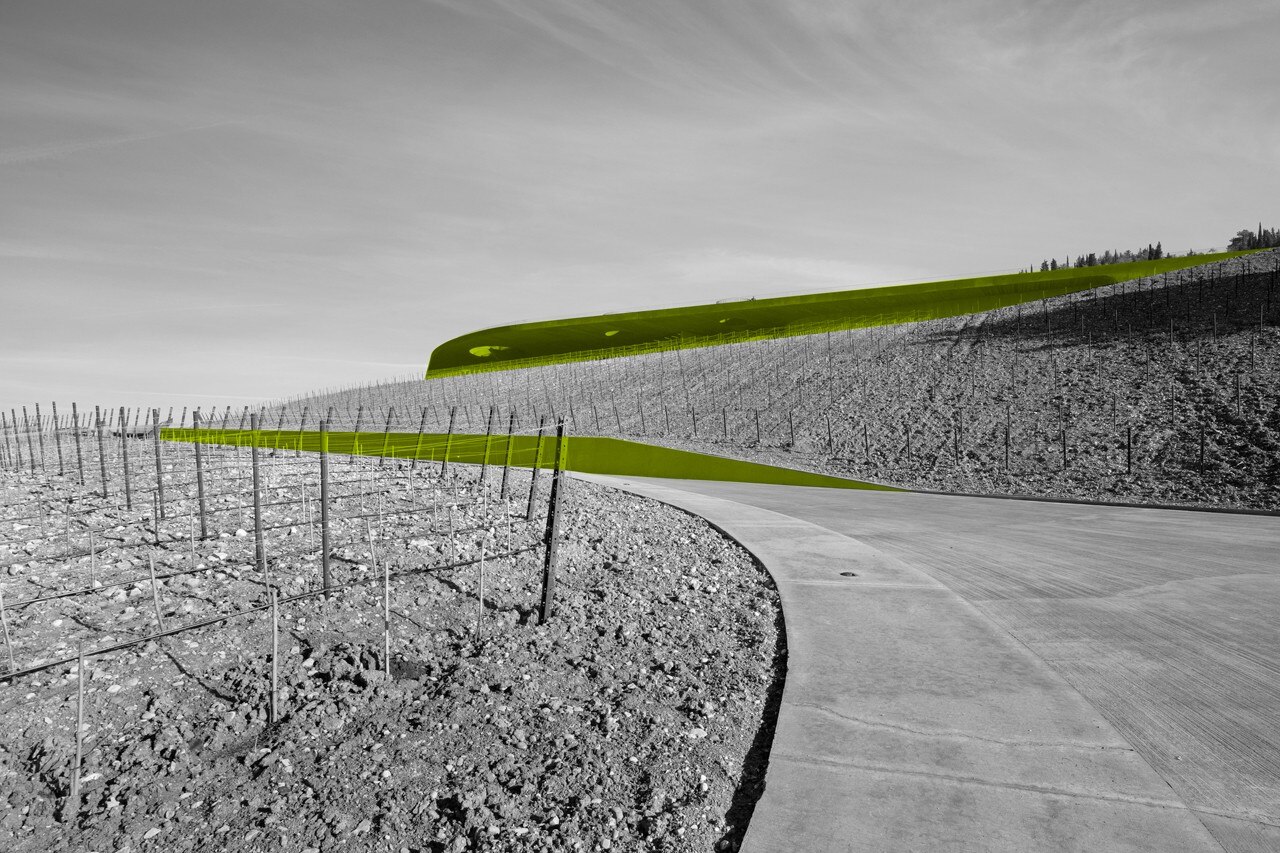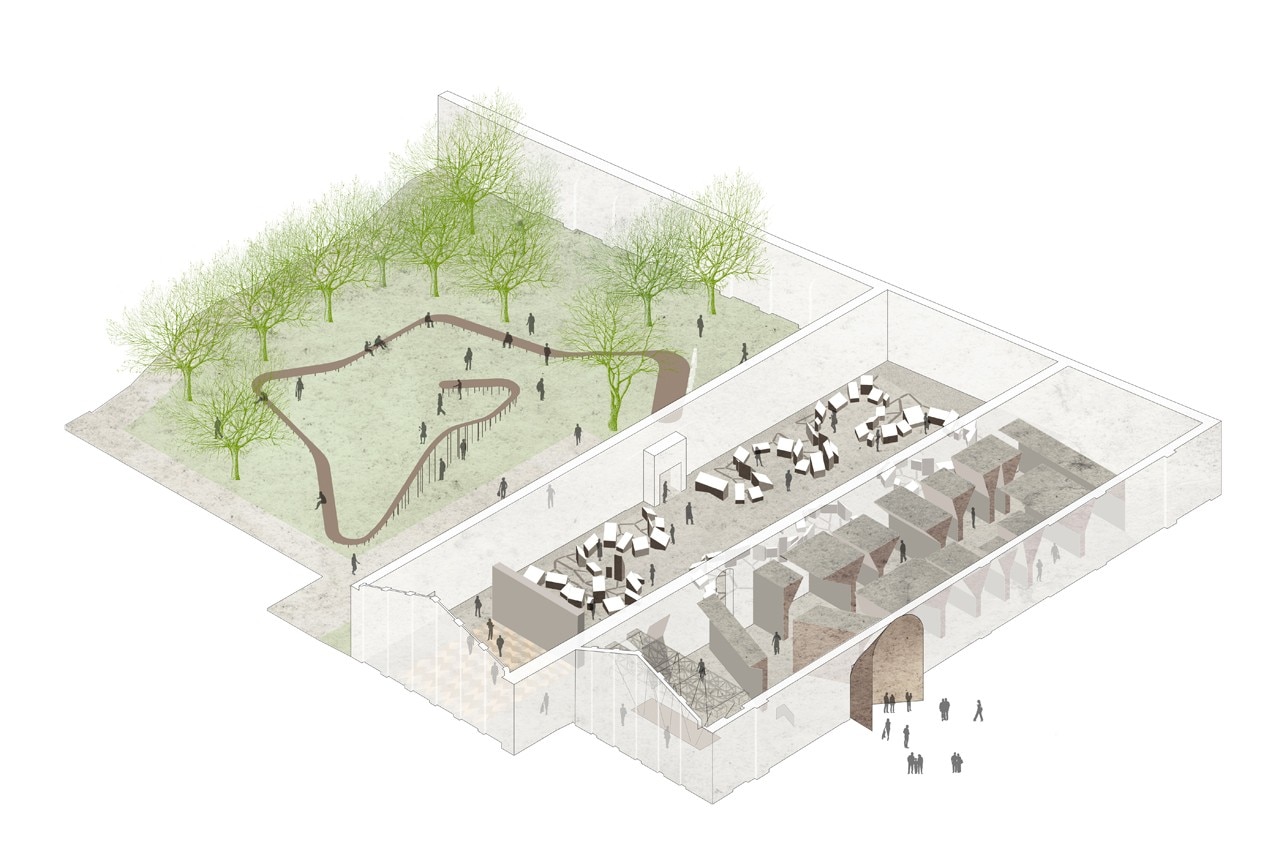
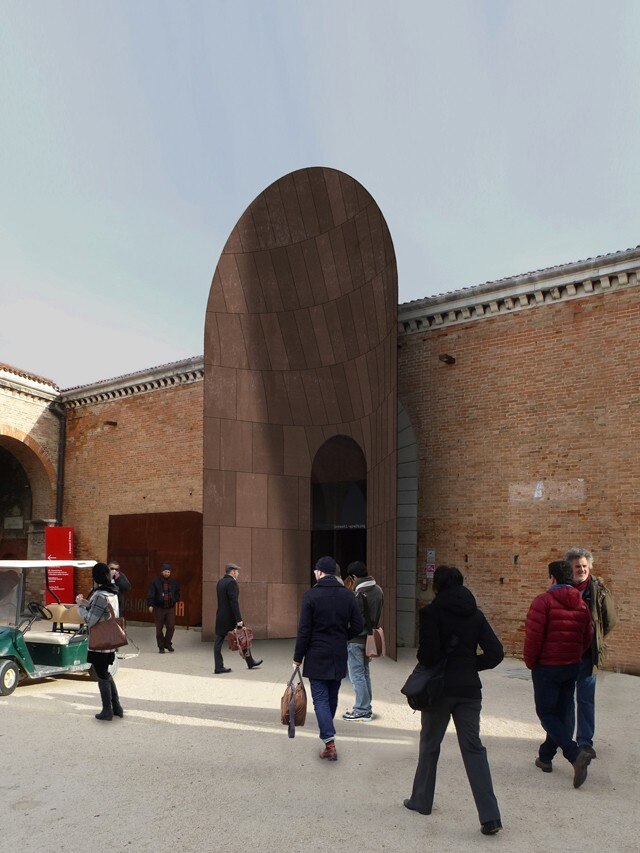
Innesti/Grafting is thus an account of our best architecture from a fresh point of view. Historical, recent and contemporary works are chosen with the eyes of a botanist rather than that of a historian, and reread according to original methods, to reveal their capacity to indissolubly combine interpretation and innovation, existing material and future form.
The Pavilion’s fundamental proposition, grafting as a leitmotiv of Italian architecture through the centuries, is represented both through the reading of the projects exhibited as well as through the actual structure of the exhibition route and its installation, to create a unique large portrait of the strong visual and formal impact, where each element portrays the thesis according to its own methods.
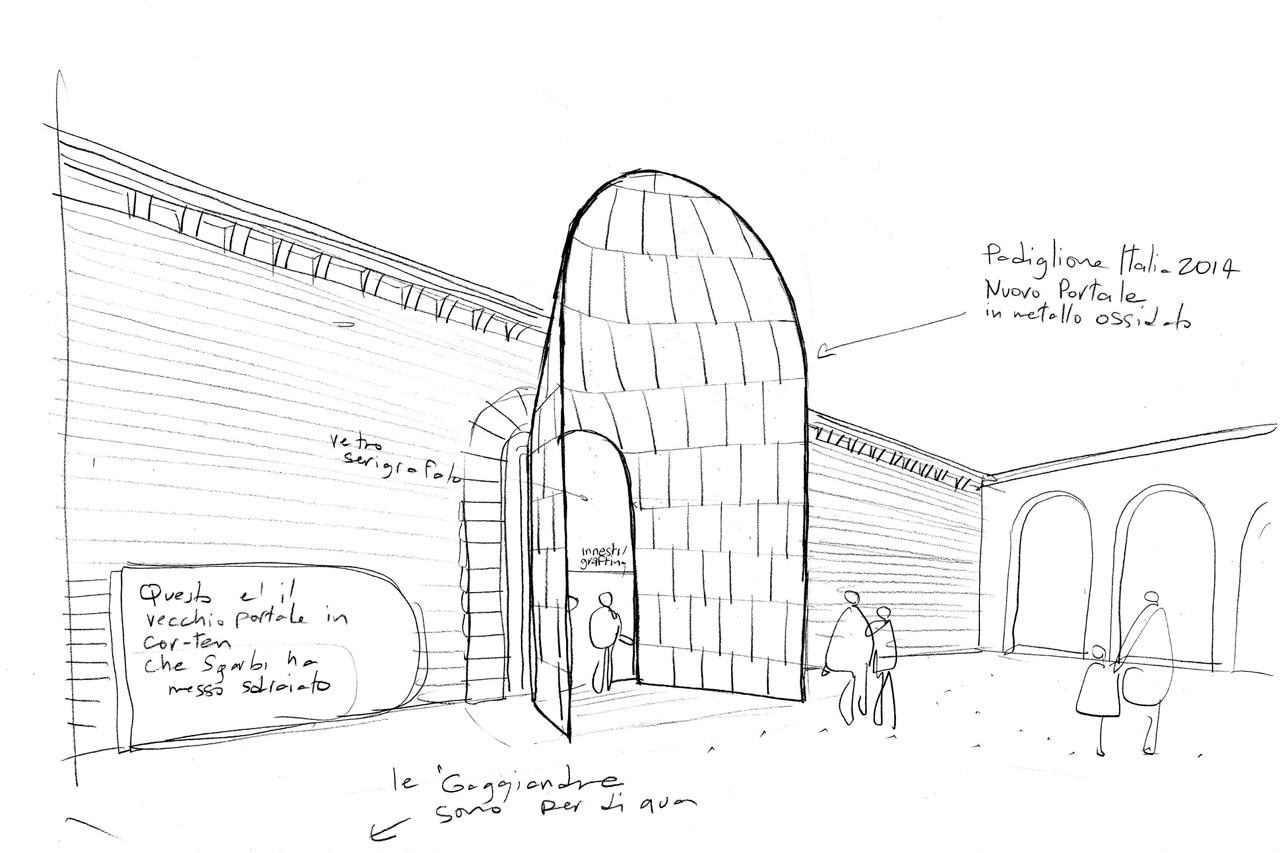
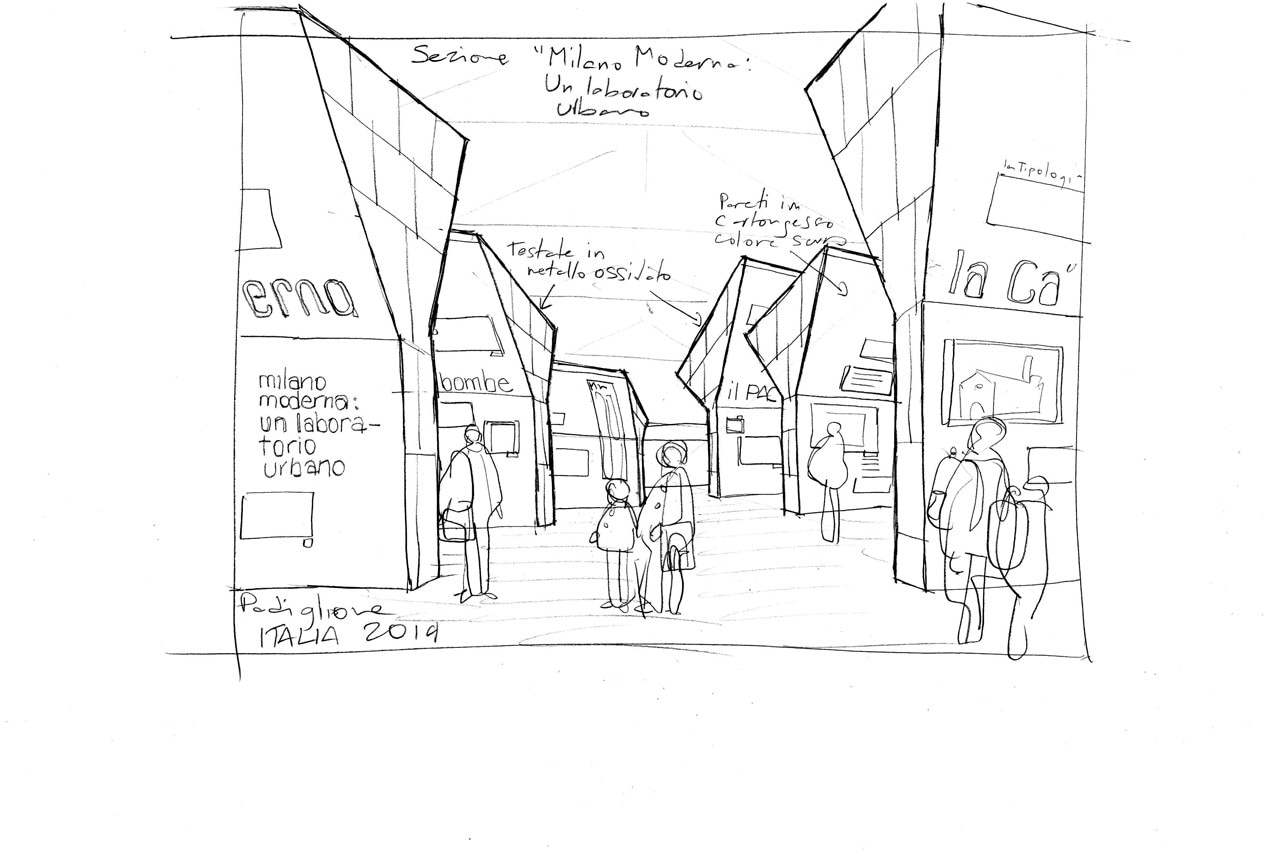
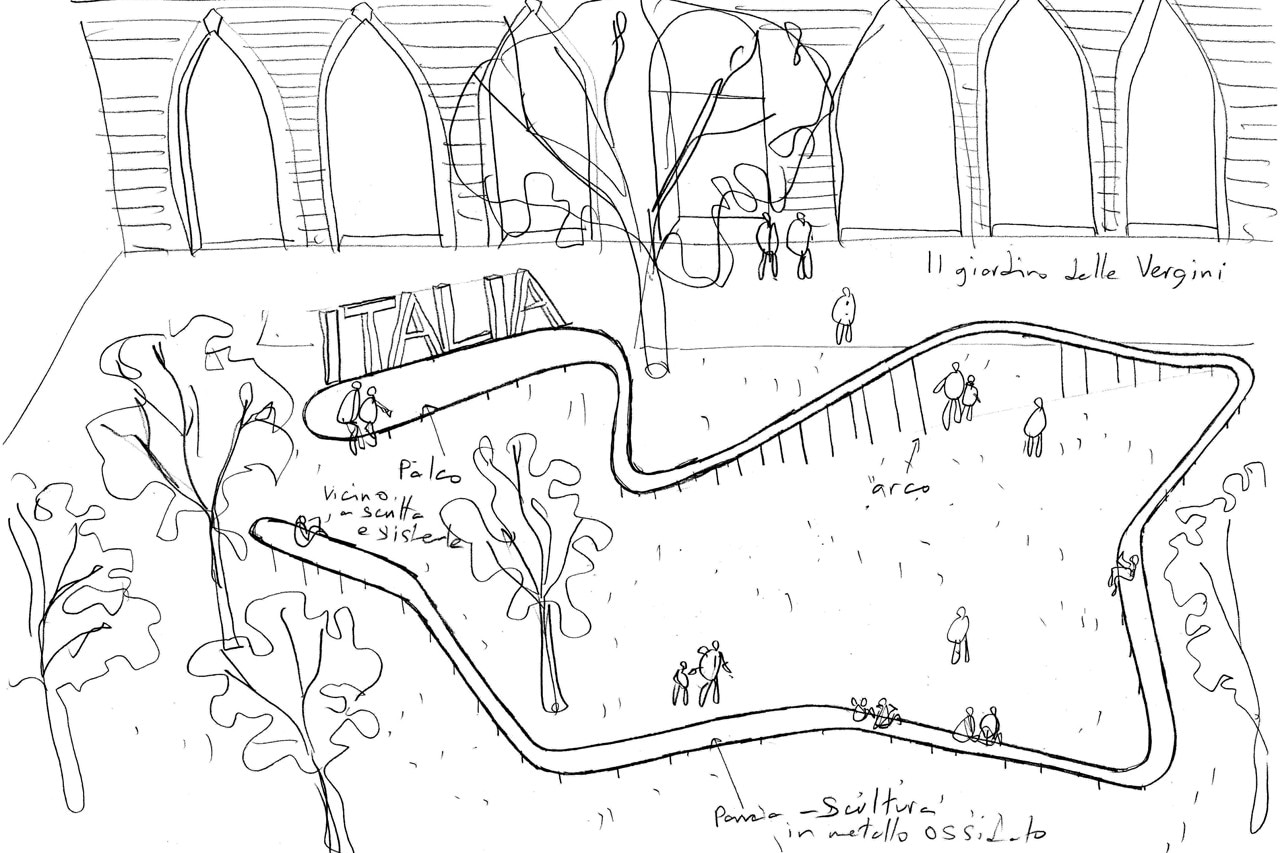
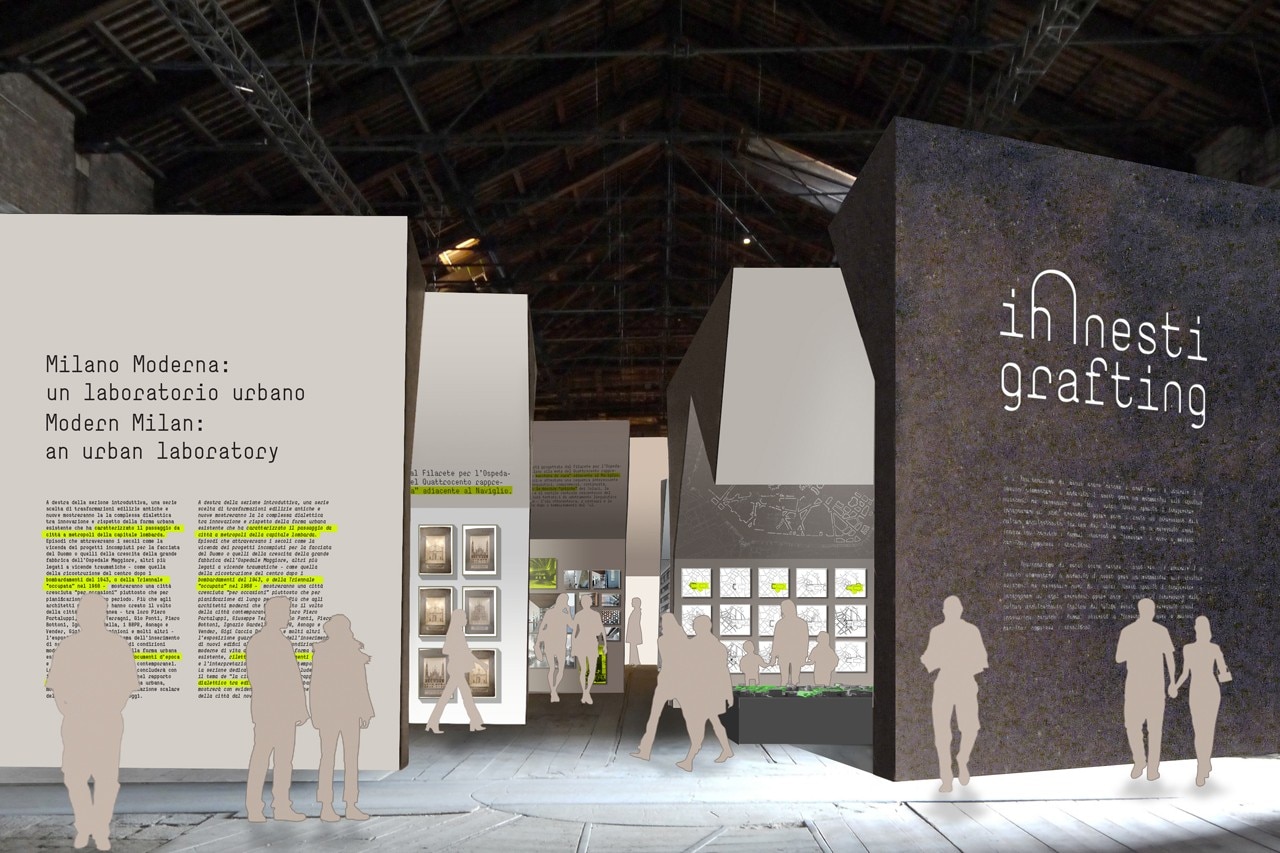
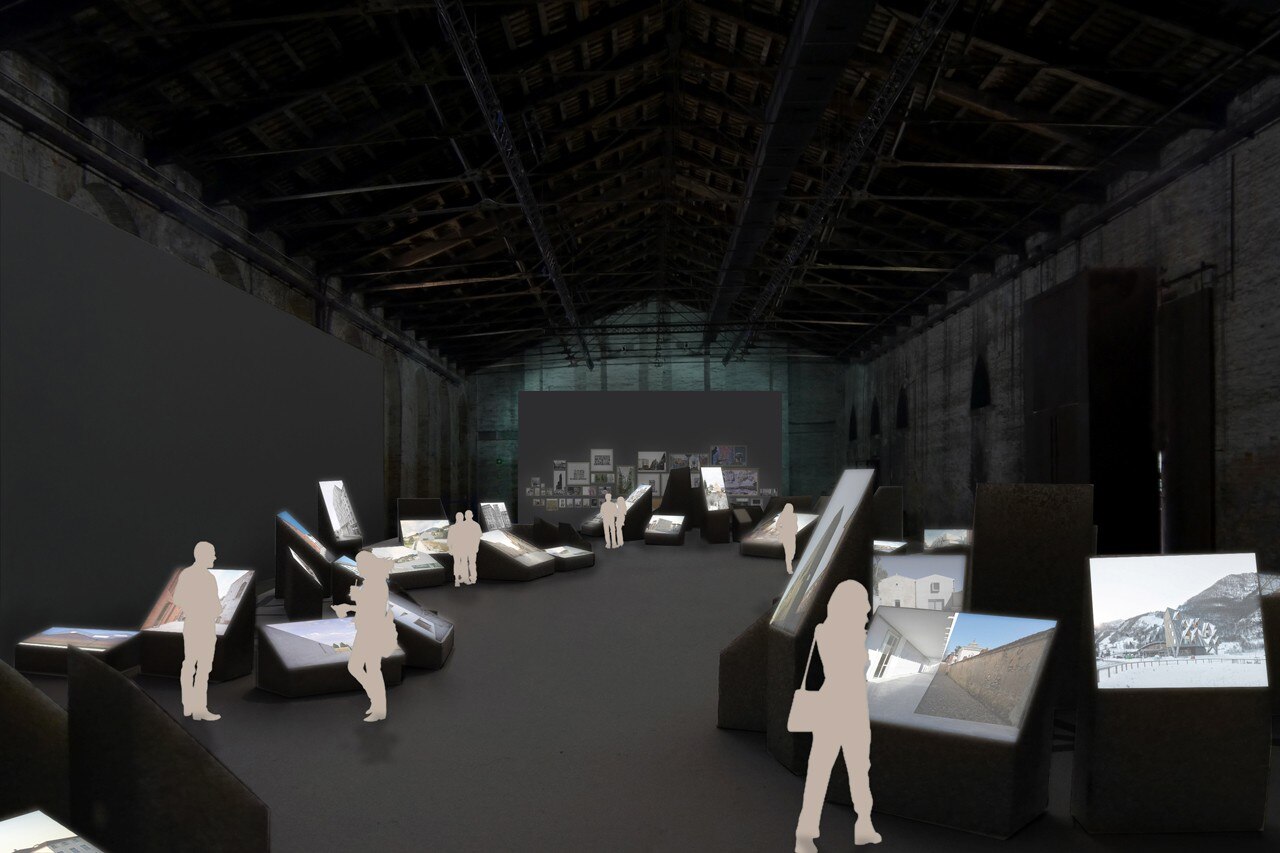
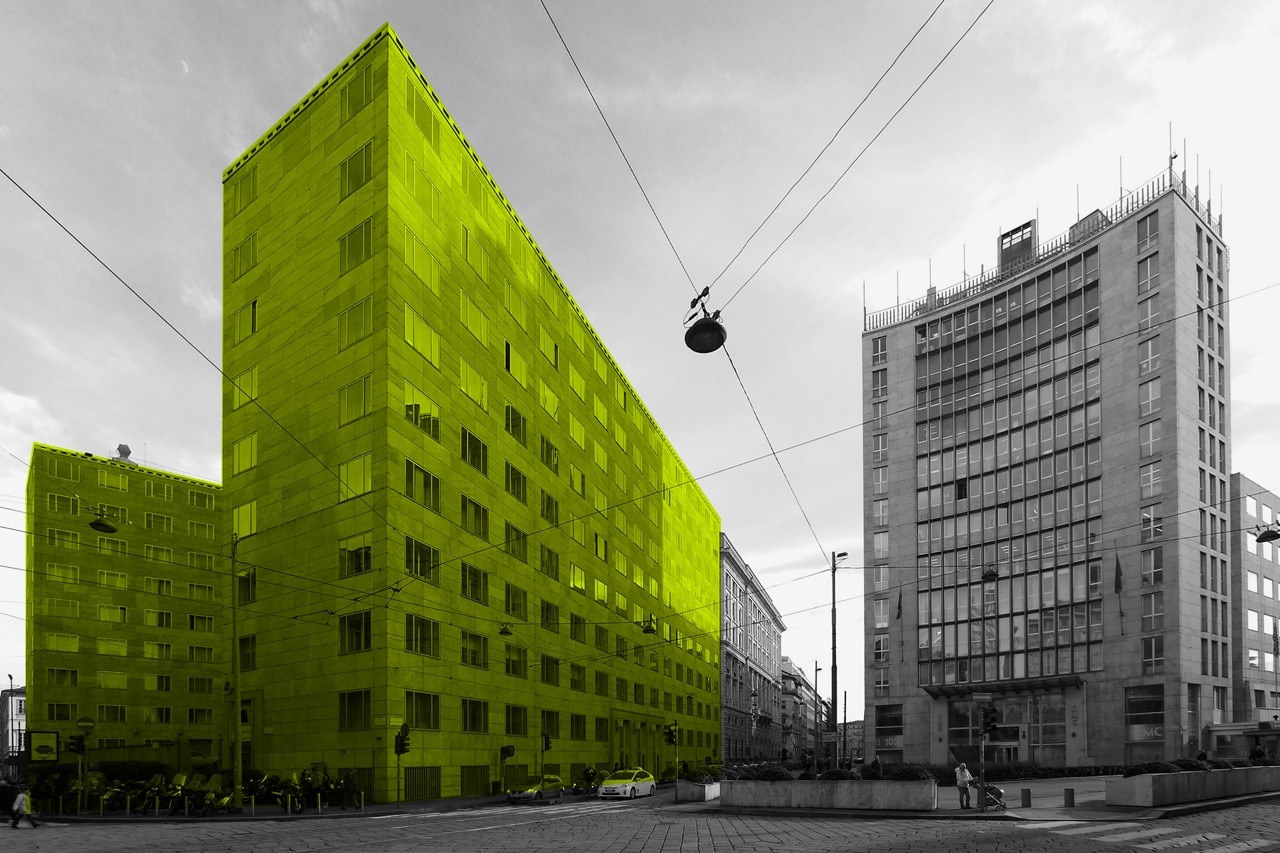
Innesti/Grafting
curated by Cino Zucchi
Italian Pavilion
Biennale di Venezia 2014


